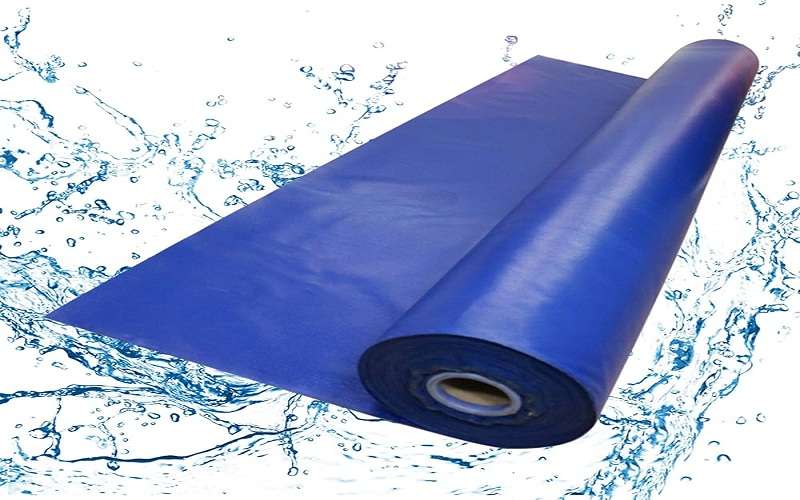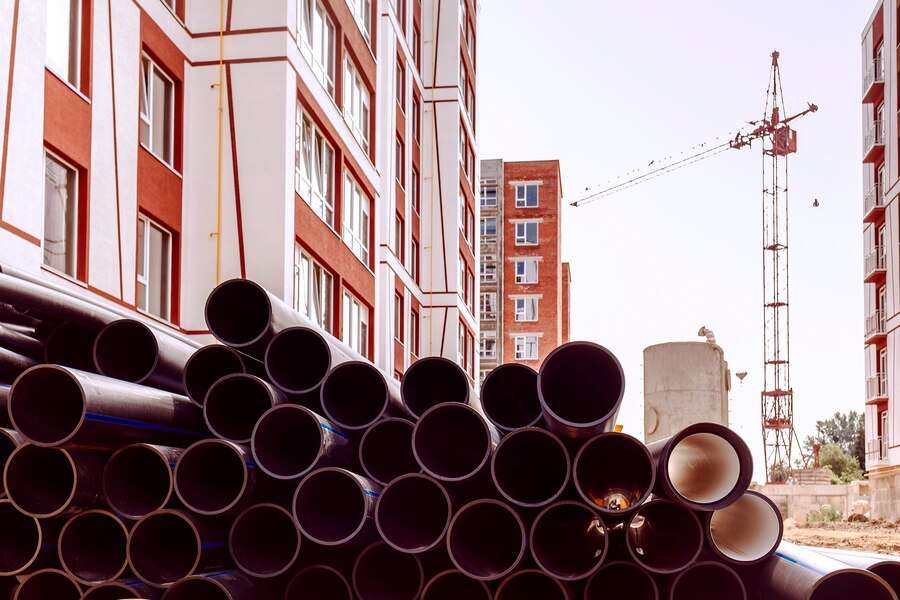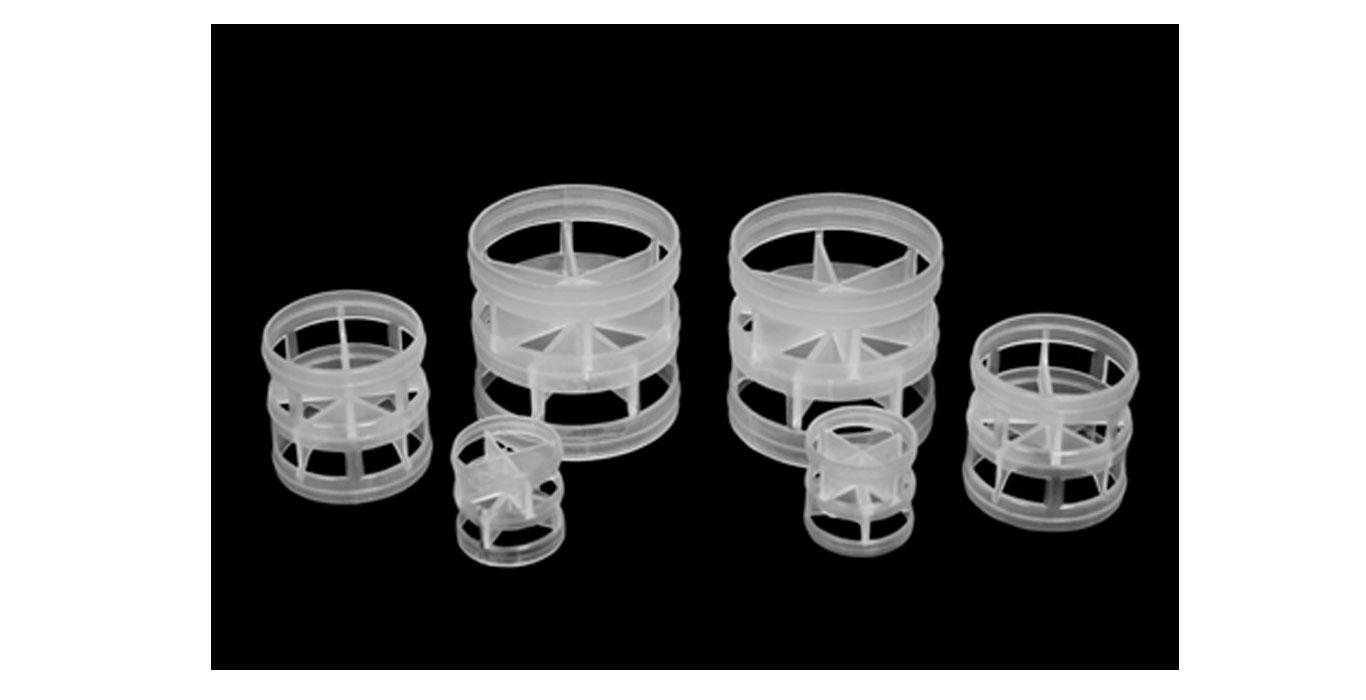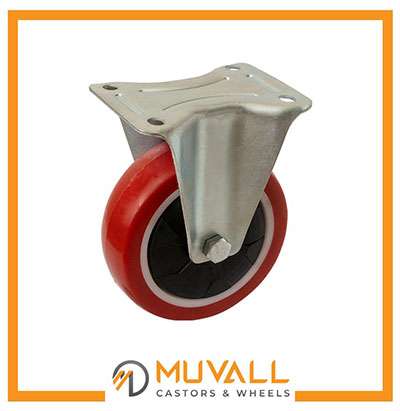Do you want to measure the flowing speed and direction of the processing material, you can measure it with the help of a Glass flow indicator. A product that is once fitted in a pipe, allows you to evaluate the correctness and direction of liquid flow in the pipe.
Glass flow indicators manufactured by the most popular and trusted Glass flow indicator manufacturer in Gujarat?will always be in demand, but they may occasionally need to be replaced. This may be done as a part of the facility’s comprehensive maintenance plan or in order to repair broken devices. Glass flow indicators, when installed in process pipelines, allow visual observation of the speed and direction of powder, liquid, or gas material, as well as the material?s colour and clarity, through a couple of observation windows. This visual observation can be accomplished through the use of glass flow indicators.
Take some time to think about the answers to the questions that follow before getting in touch with a reliable Glass flow indicator manufacturer in India to place an order. If you have this information readily available, not only will the process of specifying the product be sped up, but it will also help ensure that you get the product that is the most suitable for the application.
Types:
- The flow is illuminated by sufficient natural light thanks to the 360-degree view flow indicator, which channels the process medium via a transparent glass cylinder that can be viewed from any direction. It is perfect for evaluating the foam, colour, clarity, as well as other parameters of process fluids, in addition to the presence of moisture. It is not suitable for use in environments with high pressures or temperatures.
- The view-through glass flow indicator comprises two opposing windows that allow the operator to observe the intervening flow of fluid as it is lightened from behind with the help of an attached luminaire or ambient light. This can be accomplished either with the help of an attached luminaire or with the help of ambient light. This design is suitable for use in situations involving ANSI pressure classifications, high temperatures, and severe fluids.
Flapper Types:
- Flow indicators may include a hinged flapper or flag that can be observed with the help of a glass flow indicator. It deflects the flapper into the direction of the flow. Because the flapper?s location changes in reaction to the force of flow, it provides an approximate gauge of flow to the operator.
- Rotors or impellers in a rotary flow indicator are rotated by the movement of liquid or gas. The rotors are positioned in the window view so that operators may see the flow direction and approximate speed. This is especially beneficial for clear fluids as well as gases, and also in the case of dark fluid, the rotor is visible.
- Drip indicators can be drip observation models or standard flow indicators linked to a drip tube. These flow indicators are good for observing intermittent flows with low volume as well as drips in various applications such as distillation. Drip indicators are typically utilised in vertical pipelines with a downward flow since they are gravity-dependent.
Mounting Types:
Glass flow indicators come with 3 basic options;
- Flanged
- Threaded
- Sanitary clamp
Bolt holes on flanged indicators are pre-drilled. Make sure you confirm the size of the flange, a glass flow indicator is going to be mounted on, with your supplier, hence, the bolt holes match up. Clamp-on indication mountings are used in the pharmaceutical business to allow easy disassembly of all components for cleaning.
Glass flow indicator?s Connection size:
The sizes vary depending on the Glass flow indicator manufacturer in Vadodara and other places, but in general, the glass flow indicator?s connection size ranges from ? inch to 16 inches in diameter, with bigger units available as special orders. This measurement should be provided to the supplier in either millimetres or inches, depending on what the source specifies.
Materials used in manufacturing a Glass flow indicator:
When deciding on the kind of materials that should be used to construct a glass flow indicator, it is important to bear in mind how well those materials will work with the other components. Stainless steel, as well as Carbon steel, are the two types of steel that are utilised the most frequently for the construction of the body. Because of its superior resistance to corrosion, stainless steel is frequently utilised in applications within the pharmaceutical industry. If you want your indicator to work well, maintaining the integrity of the gasket is quite necessary; therefore, you should make sure that the material that is being used for the gasket is fully compatible with the processing media that it will be in contact with. Teflon or an improved form of PF is typically used in the production of standard gaskets for use in industrial applications.
Type of Window glass various application demands:
Glass can be found in two distinct forms: the regular glass disc and the glass disc that is fused to a metal ring. Glass in a fused window is held in a concentric compression that prevents it from cracking or breaking under bending pressures.
They are put to use in situations when a high-pressure rating, resistance to impact, and buffer zone are required. Food, pharmaceutical, as well as chemical processing facilities often employ these types of fused glass windows. When there are no corrosive elements present and the temperatures never rise over 300 degrees Fahrenheit, you can use standard soda glass windows.
Discs made of borosilicate glass should be discarded and replaced after disassembly because of the risk of microscopic fractures that can develop during mounting but go undetected by the human eye. In the temperature range of 300?F?500?F, borosilicate glass is the material of choice due to its increased resilience to thermal shock. Borosilicate glass is needed whenever it is possible to cool down equipment that has been heated to less than 300?F by running water over it.
When used in places where acidic or caustic chemicals may be present, borosilicate glass will be less likely to cloud and erode than soda-lime glass. Metal framed glass can be used again and again without breaking; the metal ring supports the glass from the inside. For use with steam at temperatures above 500?F, quartz or sapphire glass is suggested.
Temperature and Pressure withstanding Capacity:
A glass flow indicator’s permitted pressure/temperature limits are determined by the durability of the materials employed in its retainer, body, gasket, as well as the window. When speaking with the vendor, always define and clarify the temperature and pressure withstanding requirements.









